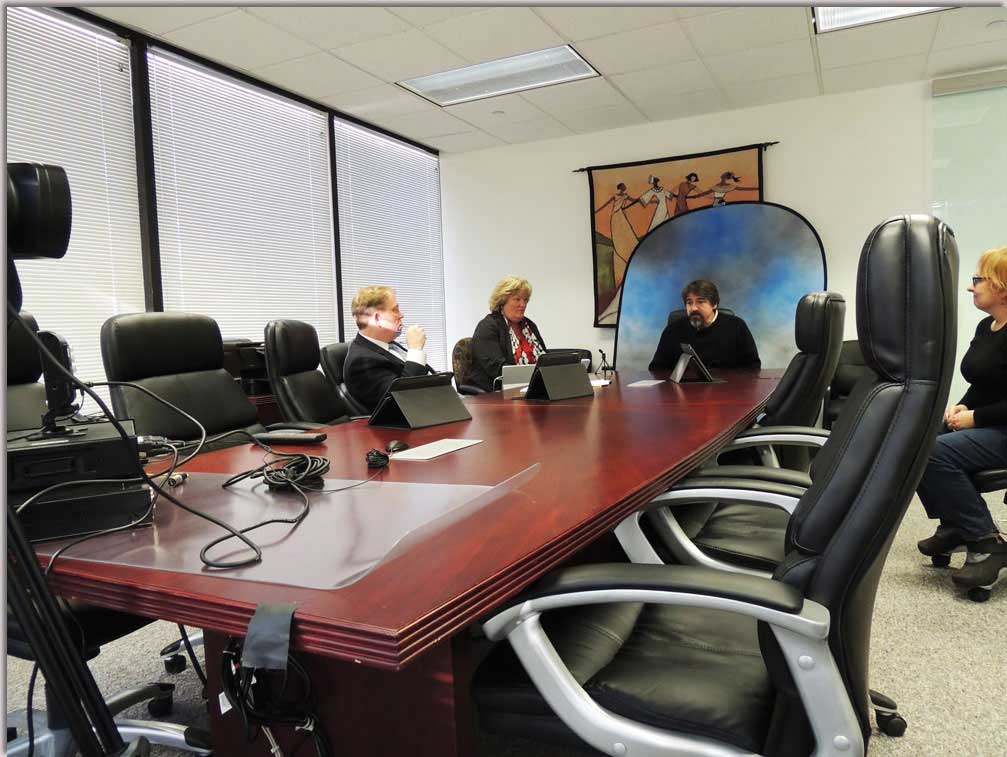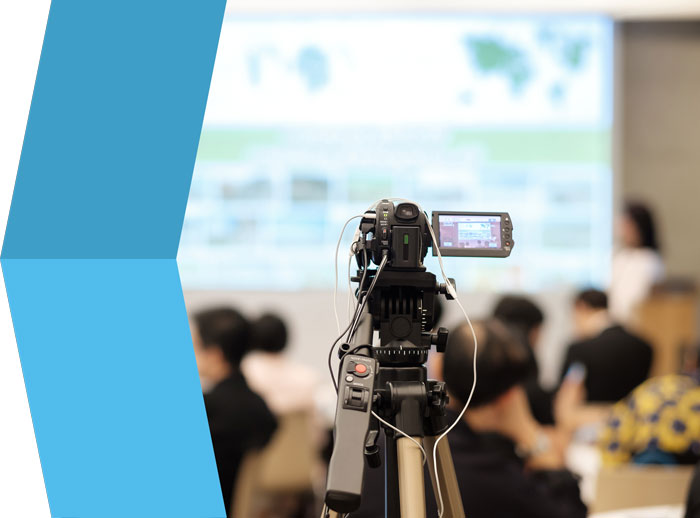Comprehending the Influence of Legal Videography on Situation Outcomes
Comprehending the Influence of Legal Videography on Situation Outcomes
Blog Article
Delving Into the Systems of Legal Videography: Unveiling Its Operation in Shielding Genuine Visual Testament for Judicial Process
In the world of judicial proceedings, the function of lawful videography stands as a foundation in protecting and presenting aesthetic evidence. As innovation continues to advancement, the mechanisms behind lawful videography have actually become significantly elaborate, using a crucial layer of authenticity to testimonies captured on video clip.
Historic Development of Legal Videography
Checking out the historic progression of lawful videography exposes a considerable transformation in the recording and discussion of visual evidence within the legal landscape. In the past, legal procedures heavily depended on created photos and records to document events and provide evidence. With the arrival of video technology, the lawful sector experienced a standard change in exactly how aesthetic statement was recorded and offered.
The development of lawful videography can be mapped back to the late 20th century when advancements in video recording devices made it extra easily accessible for usage in courts. This technical innovation not only enhanced the accuracy and integrity of aesthetic evidence but likewise reinvented the means instances existed to judges and juries (Legal Videography). Attorneys began to recognize the influential power of video recordings in sharing emotions, nuances, and non-verbal signs that created photos or records alone can not capture efficiently

Technology Innovations in Video Documentation
What vital technological developments have changed video clip paperwork in the lawful area? The lawful field has actually seen significant developments in video clip paperwork modern technology that have enhanced the credibility and dependability of aesthetic evidence in judicial proceedings.
Furthermore, developments in video clip file encryption and watermarking technologies have bolstered the security and tamper-proof nature of video clip proof, safeguarding it versus unapproved modifications or tampering. The introduction of cloud storage space remedies and remote accessibility capacities has streamlined the storage space, access, and sharing of video proof, promoting smooth collaboration amongst lawful professionals and guaranteeing efficient access to important visual testaments when needed. These technical advancements in video clip documentation have actually undoubtedly revolutionized the lawful field, boosting the accuracy, reputation, and admissibility of aesthetic proof in judicial process.
Duty of Legal Videographers in Court Setups
The advancement of video clip documents innovation in the legal area has actually required an important duty for legal videographers in court settings, making certain the stability and reliability of aesthetic testaments presented during judicial procedures. Lawful videographers play a fundamental role in recording and protecting exact visual evidence that can be pivotal in court cases. Their duty encompasses establishing up tools, videotaping procedures, and generating high-grade video clips that properly mirror the events in the court room.
Additionally, legal videographers often function very closely with legal teams to make certain that the video clip proof aligns with the situation's demands and can be efficiently offered look at more info in court to support the lawful arguments being made. In general, the role of lawful videographers in court room settings is essential in supporting the concepts of justice and guaranteeing the openness of lawful procedures. Legal Videography.

Ensuring Admissibility and Stability of Video Clip Proof
To maintain the reputation of visual proof offered in legal proceedings, ensuring the admissibility and stability of video clip evidence is an essential responsibility for lawful videographers. Admissibility describes the approval of evidence by the court, and for video clip evidence to be permissible, it has to fulfill particular requirements. Lawful videographers play a critical function in ensuring that the videos they record conform with the regulations of evidence, such as integrity, importance, and credibility.
Stability of video clip Extra resources proof entails keeping the creativity and accuracy of the footage from the moment it is videotaped until it is presented in court. This includes firmly saving the video clip data, documenting the chain of wardship, and protecting against any kind of meddling or changes. Legal videographers must stick to strict protocols to ensure the stability of the video proof and protect against any challenges to its authenticity.
Future Trends in Legal Videography
Offered the raising reliance on modern technology in legal proceedings, legal videographers are poised to embrace innovative developments forming the future of visual statement capture and discussion. Among the prominent trends on the perspective is the combination of digital reality (VR) and increased truth (AR) modern technologies right into lawful videography. These technologies have the potential to revolutionize exactly how aesthetic evidence exists in courts, permitting courts and courts to immerse themselves in the scene of the criminal activity or occurrence.
In addition, using man-made knowledge (AI) algorithms for video analysis is anticipated to simplify the process of reviewing and evaluating large amounts of video footage. AI can aid in identifying crucial moments, abnormalities, and patterns within video clips, improving the effectiveness of lawful investigations.

Conclusion
To conclude, lawful videography has played an important function in giving authentic visual evidence for judicial process. Through technological innovations and the expertise of lawful videographers, the honesty and admissibility of video proof are guaranteed in courtroom settings. As lawful videography remains to develop, it will certainly be crucial to copyright criteria that preserve the precision and integrity of aesthetic testimony for the future of lawful proceedings.
Examining the historic progression of legal videography exposes a significant transformation in the recording and discussion of aesthetic proof within the lawful landscape.The advancement of video documents modern technology in the lawful area has demanded an essential function for legal videographers in court setups, making certain the honesty and reliability of aesthetic testimonies provided during judicial procedures. Additionally, lawful videographers often work very closely with legal teams to ensure that the video clip evidence aligns with the instance's demands and can be efficiently offered in court to sustain the legal arguments being made.To preserve the reliability of aesthetic evidence provided in lawful procedures, guaranteeing the admissibility and integrity of video clip proof is a vital duty for legal videographers. As legal videography proceeds to progress, it will certainly be crucial to maintain requirements that maintain the accuracy and reliability of visual statement for the future of legal process.
Report this page